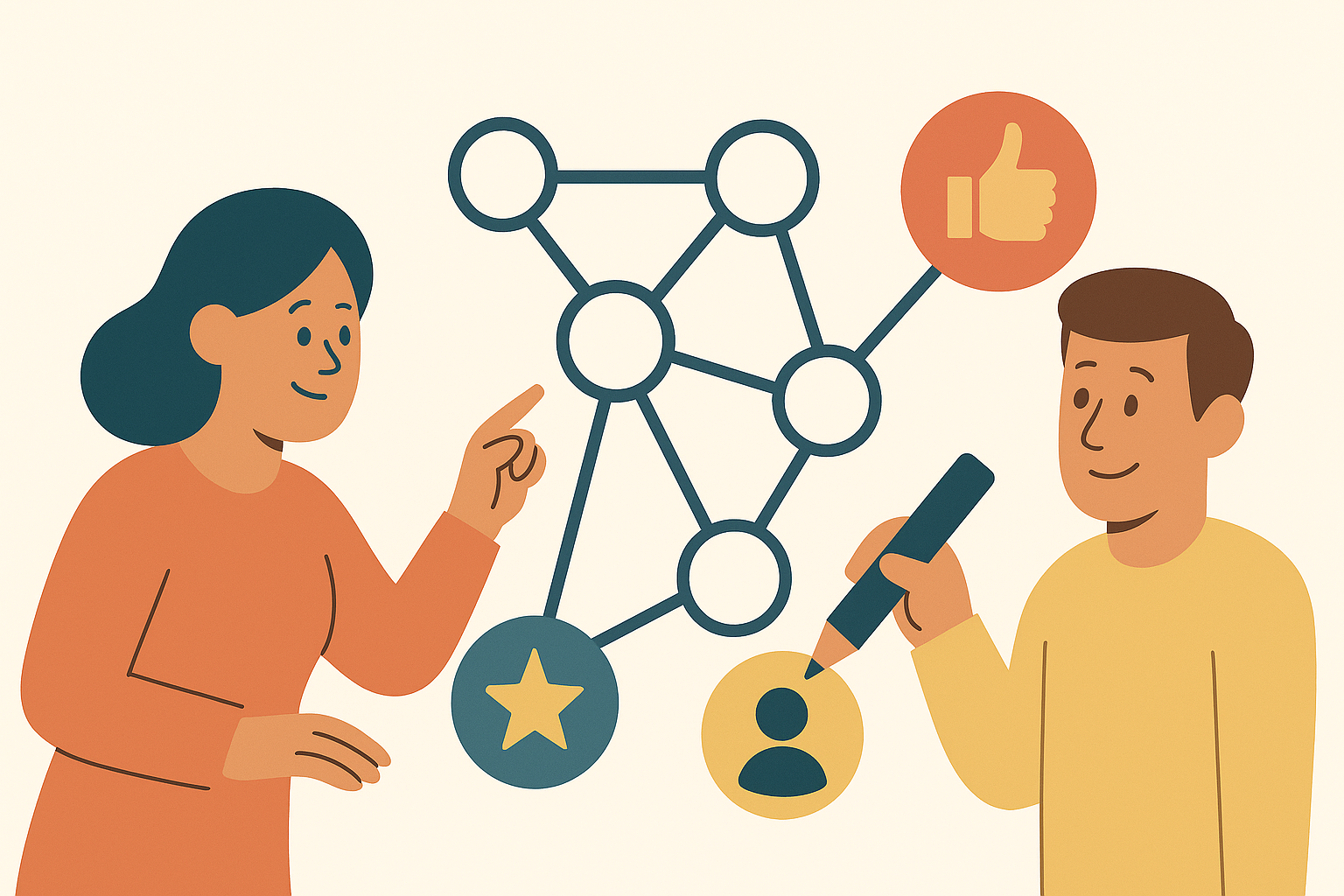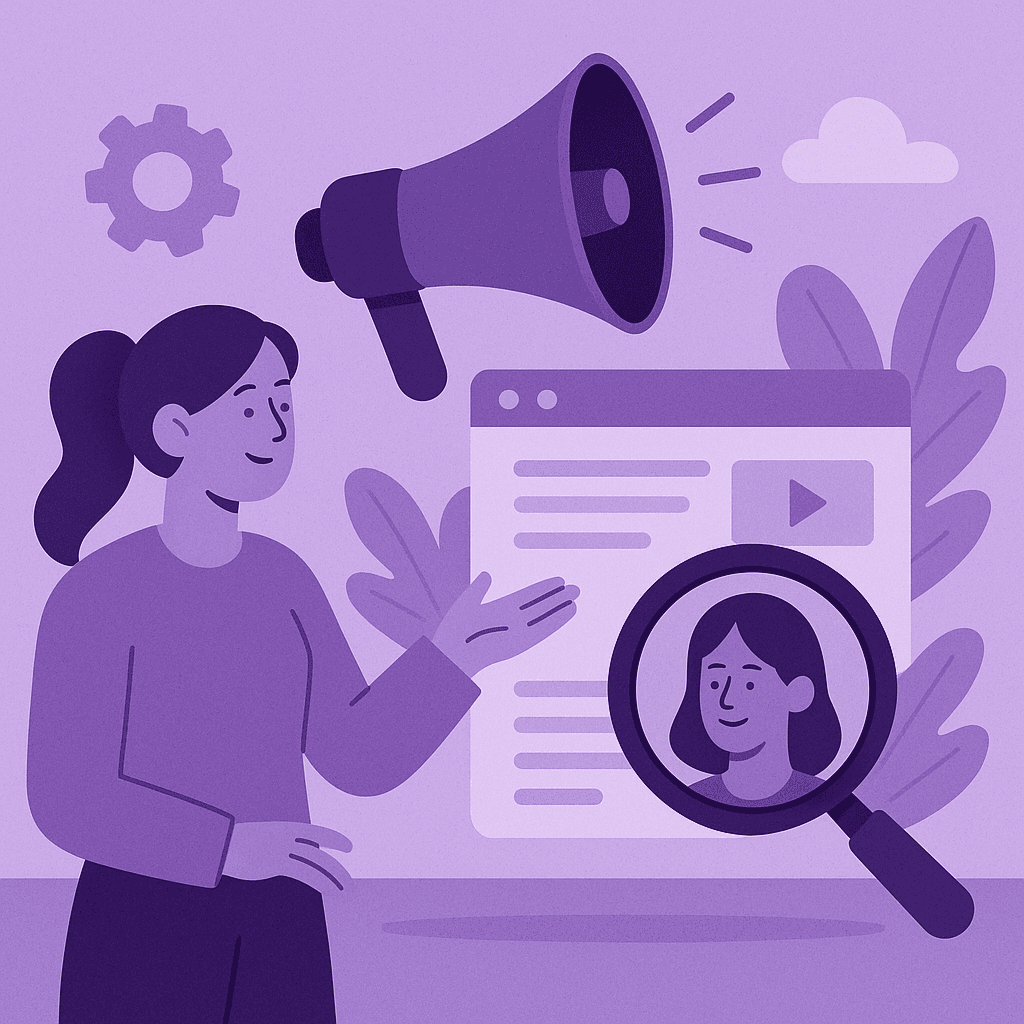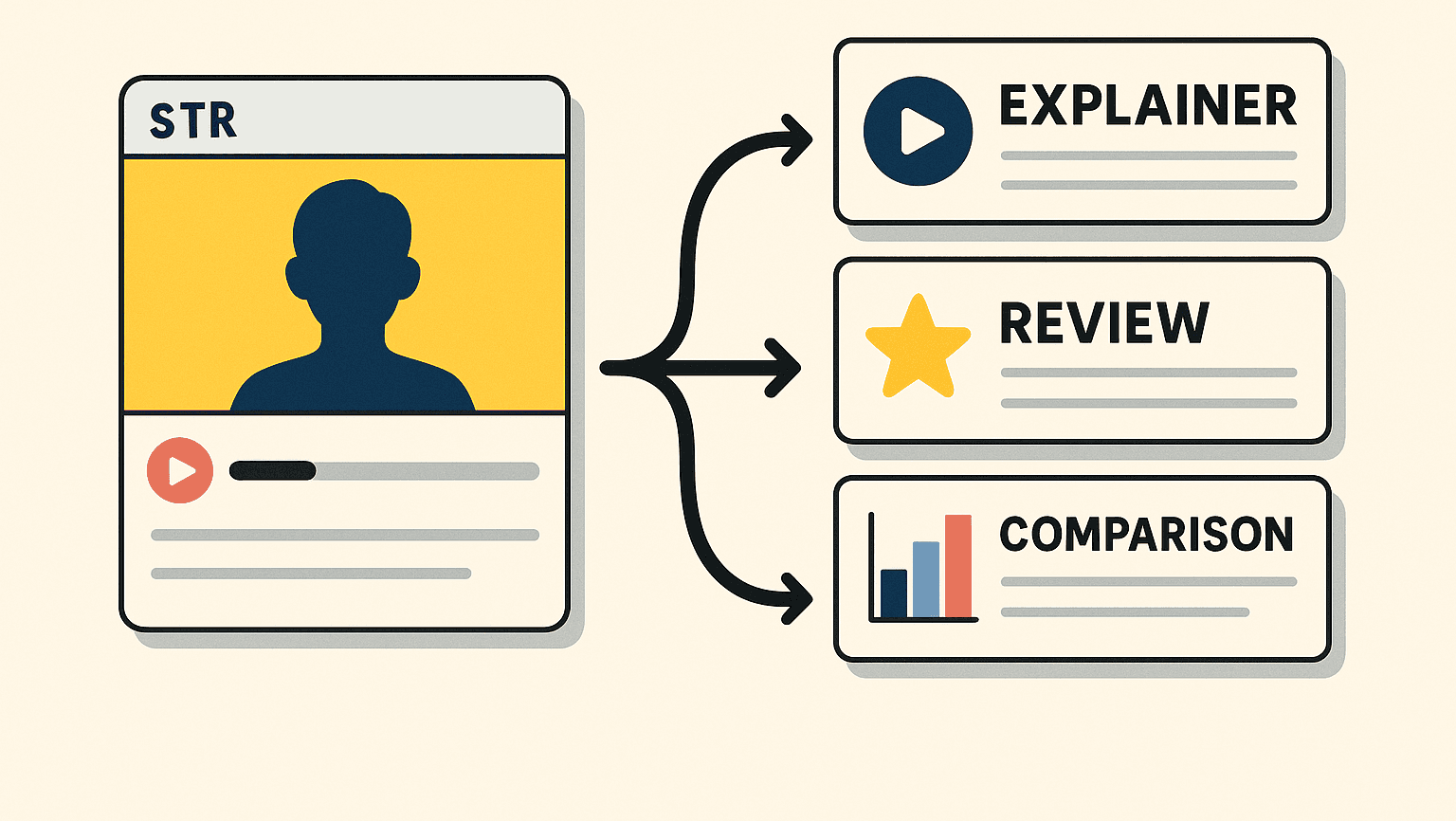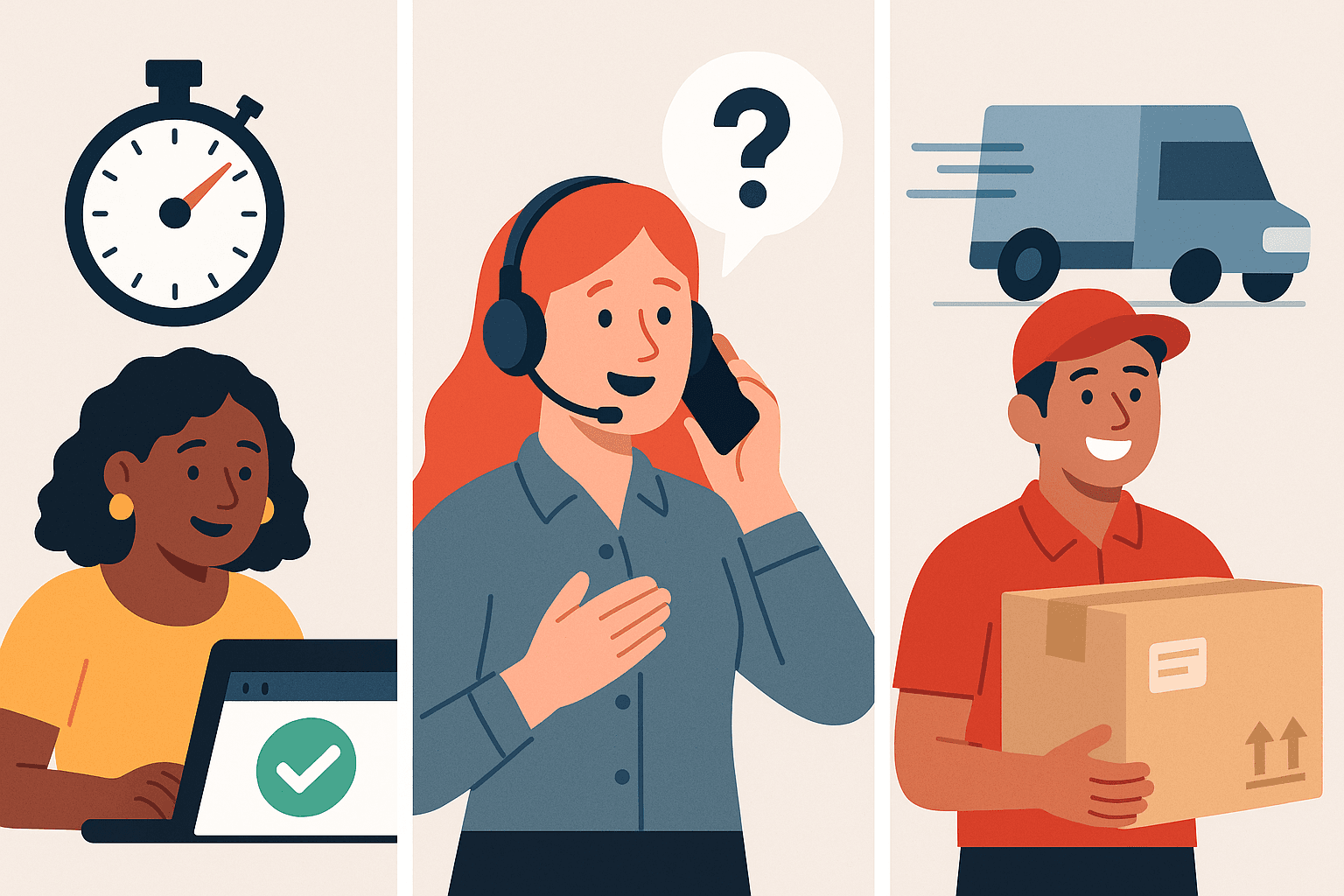Forget the Funnel: The Influence Map Strategy CMOs Are Switching To

TL;DR
- Funnels describe, influence maps decide. Funnels explain what happened; influence maps reveal where to invest next. They shift planning from counting clicks to engineering confidence at decisive touchpoints.
- Weight attention × relevance × trust. Attention earns the view, relevance earns the click, trust earns the sale. Influence maps make you fund all three intentionally.
- Update quarterly with experiments + MMM. Real data—not opinion—reshapes your map and your money.
Why This Matters Now
If you’ve ever presented a funnel slide and felt secretly guilty because you know customers don’t move that neatly—this one’s for you.
The funnel was a good metaphor when media channels were limited and decision paths predictable. But today’s customer journey looks less like a funnel and more like the tangled charger drawer in your desk: loops, reentries, and sudden dead ends. People bounce between inspiration, research, and purchase multiple times—on different platforms, in different moods.
That chaos isn’t random. It’s full of influence moments—micro‑events where a person’s confidence grows or collapses. Traditional stage models miss them, because “consideration” or “decision” are just labels, not levers. Influence maps, on the other hand, force you to ask: Which touchpoints actually change minds?
And when you find them, you start funding marketing like a scientist, not a gambler.
The problem with funnels
Funnels flatter us. They imply order, control, and progress. But in reality, most buyers don’t “flow” through anything—they zigzag, re‑evaluate, and often restart. Measuring success by stage completion tells you nothing about what actually caused movement.
If you’re still mapping journeys by awareness, consideration, and conversion, you’re basically using a sundial in a smartwatch world.
What To Do This Month
- Score your touchpoints. Give each one a 1–5 rating on attention, relevance, and trust. Attention is what gets noticed; relevance is what feels personal; trust is what feels safe. Don’t overthink—go with your gut first, then validate with data.
- Find weak but decisive nodes. These are your biggest ROI opportunities. Maybe your email content builds great trust but never earns attention. Maybe your YouTube pre‑roll drives attention but feels off‑brand. Influence maps make these mismatches visible.
- Shift 10–20% of budget to fill those gaps. Fund experiments, not comfort zones. If a touchpoint could change decisions but currently doesn’t, fix it.
- Re‑score quarterly. Customer behavior changes faster than planning cycles. Keep your influence map alive—test, measure, and refine.
- Visualize your wins. Turn your map into a dashboard, not an art project. Show stakeholders how influence scores tie to sales, repeat visits, or lower CAC.
(Bonus tip: if you already built a Full‑Funnel Incrementality model, your influence map plugs right into it.)
Influence Mapping in Action
Imagine a mid‑size retailer discovering that TikTok isn’t driving direct conversions—but it is doubling branded search volume within days. In a funnel view, TikTok looks like wasted spend. In an influence map, it’s a confidence amplifier.
Or a B2B software company finds that webinar attendance doesn’t always close deals—but post‑event demo requests correlate with faster purchase decisions. The “influence” isn’t the event; it’s the clarity and trust the event builds.
Influence maps make these invisible cause‑and‑effect relationships visible—and fundable.
How to Build Your First Map
- Collect your touchpoints. Ads, content, support, store visits, reviews—everything a user can experience.
- Define your three levers:
- Attention: Where and how people actually notice you.
- Relevance: Whether the message or product feels aligned with their goals.
- Trust: The credibility, safety, and social proof that seal decisions.
- Quantify influence. Surveys, attribution, and experiments all work, but start simple. Correlate spikes in one metric (e.g., branded search or add‑to‑cart rate) to touchpoints that preceded it.
- Prioritize by opportunity gap. Influence maps aren’t about more data—they’re about direction. What’s under‑performing relative to its strategic potential?
- Assign ownership. If everyone owns the map, no one updates it. Designate a data‑strategy lead to manage experiments and synthesize findings.
Evidence & Caveats
BCG’s field research shows that influence‑weighted planning improves both conversion efficiency and customer lifetime value. Brands that map confidence drivers outperform those chasing short‑term ROAS by 15–25% over time.
However, influence mapping isn’t plug‑and‑play. It requires:
- Clean data and alignment. Teams need shared definitions for trust, relevance, and attention metrics.
- Organizational patience. Influence insights accumulate slowly but reshape budget strategy profoundly.
- Cultural courage. You’ll probably uncover sacred cows—campaigns that look good on dashboards but move no real needles. Be ready to reallocate.
And remember: the point isn’t to replace the funnel—it’s to update it for how humans actually decide.
FAQs & Objections
“Isn’t this just attribution in disguise?”
No. Attribution asks, “Who gets credit?” Influence mapping asks, “Where should we double down?” One looks backward; the other looks forward.
“This sounds complex—will it slow us down?”
It will slow your waste down. Think of it as adding a compass, not a brake pedal. Once your influence map matures, planning meetings become 50% shorter because everyone agrees where impact actually happens.
“What if my CEO still wants funnel metrics?”
Keep them. Just pair every funnel chart with an influence overlay. Over time, your execs will see the pattern: the touchpoints with the strongest influence scores tend to lead the best-performing funnels.
“Can I automate this?”
Parts of it. Machine learning can help identify attention and relevance correlations. But trust—being human, emotional, and often irrational—still needs judgment. That’s why humans aren’t obsolete in marketing yet (and hopefully won’t be).
The Bigger Picture
Marketing has always borrowed metaphors from physics—funnels, pipelines, flywheels. Maybe it’s time we borrow one from psychology: confidence loops. Influence mapping isn’t about predicting behavior; it’s about earning belief one touchpoint at a time.
You don’t need a perfect model—you need a useful one. And once you start funding what actually changes minds, the results speak for themselves: fewer wasted impressions, steadier growth, and a team that finally agrees on what “impact” really means.
So yes, go ahead—forget the funnel. Build your influence map, update it like your favorite playlist, and watch your marketing get smarter, braver, and more human.
(And if your team insists on keeping the funnel graphic, at least draw it sideways—it’s closer to the truth.)
Read similar content
References (1)
Similar topics

Creators as the New SEM: Build Searchable Trust, Not Just Impressions
When creators become media channels, brands win by making their content discoverable, trustworthy and measurable—not just viral.

Design for Stream→Search: Sequencing Content That Survives the Algorithm
Why brands need content ladders that move people from passive scrolling to active searching—and how to build sequences that compounding attention.

Speed Is a Feature: Site, Support, and Delivery That Convert
Operational speed—page loads, helpful support, clear delivery—now decides who wins the cart.

Loyalty That Changes Behavior (Not Just Points)
Design rewards and service advantages that make people act differently—return more, spend more, advocate more.